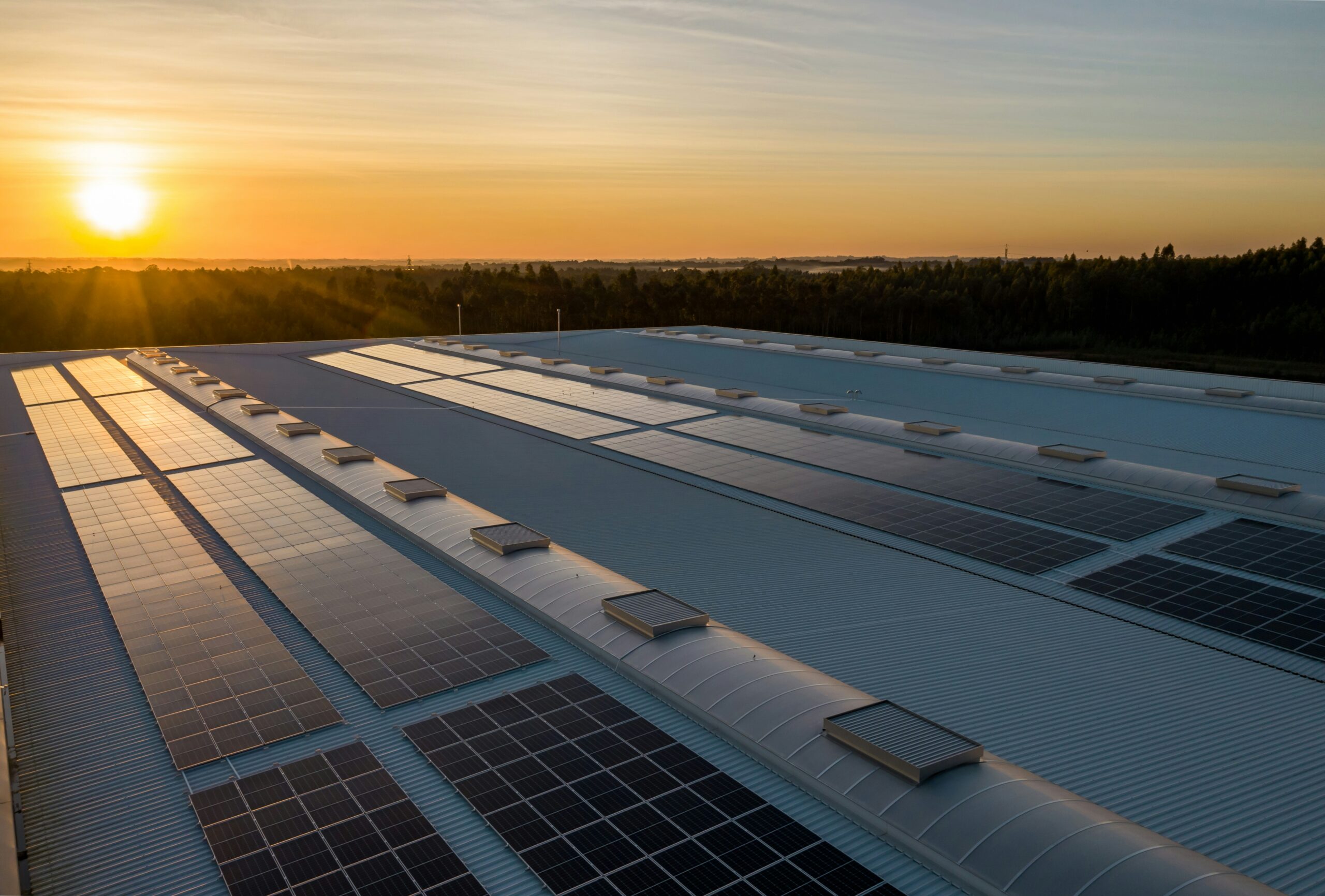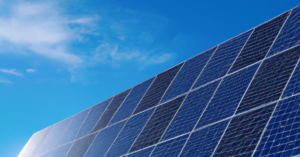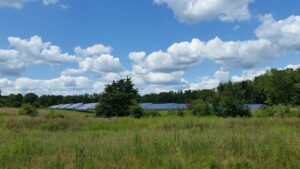Solar panels have been gaining popularity as a reliable and sustainable source of energy. But have you ever wondered how long these panels actually last? In this article, we will explore the lifespan of solar panels and provide insights into their durability and long-term performance. Discover the factors that influence their longevity and find out if investing in solar energy is truly a wise decision for the future.

Factors Affecting Solar Panel Lifespan
When it comes to the lifespan of solar panels, several factors come into play. Understanding these factors can help you make informed decisions regarding your solar panel investment.
Quality of Materials Used
The longevity of solar panels heavily depends on the quality of materials used in their construction. High-quality materials, such as durable silicon cells and tempered glass, are essential for withstanding the elements and ensuring longevity. Investing in solar panels that use reliable and reputable materials can significantly extend their lifespan.
Manufacturing Process
The manufacturing process plays a crucial role in determining the lifespan of solar panels. Panels produced in state-of-the-art facilities that follow strict quality control standards are generally more durable and long-lasting. Thoroughly researching the manufacturing processes of different solar panel companies can help you choose panels with a higher likelihood of longevity.
Installation Quality
Proper installation is vital for maximizing the lifespan of solar panels. A poorly installed system can lead to premature wear and tear or damage. It is essential to hire experienced and certified professionals who know the best practices for installing solar panels. By ensuring a high-quality installation, you can avoid potential issues and extend the lifespan of your solar panels.
Maintenance and Cleaning
Regular maintenance and cleaning are essential for the longevity of solar panels. Dust, dirt, and debris accumulation can reduce their efficiency and potentially damage the surface. Cleaning the panels periodically and removing any obstructions can help optimize their performance and ensure a longer lifespan. Additionally, regular inspections by professionals can identify and address any maintenance needs promptly.
Climate Factors
Climate factors, such as extreme temperatures, humidity, and exposure to harsh weather conditions, can impact the lifespan of solar panels. Panels designed to withstand these specific conditions will generally have a longer lifespan. Additionally, the geographical location of the installation can affect their longevity. Properly assessing the climate factors and choosing panels suitable for your region can contribute to an extended lifespan.
Average Lifespan of Solar Panels
Understanding the average lifespan of solar panels is crucial for evaluating their long-term benefits and return on investment.
Manufacturer’s Warranty
Most reputable solar panel manufacturers offer warranties that range from 20 to 25 years. This warranty typically guarantees that the panels will still perform at a certain percentage of their original capacity after the specified period. The length of the warranty can provide an indication of the manufacturer’s confidence in the longevity of their product.
Expected Lifespan
While solar panels may come with a warranty period, their actual lifespan can often exceed these specifications. On average, solar panels can last anywhere between 25 to 30 years or even longer with proper care and maintenance. Investing in high-quality panels and ensuring optimal conditions can help you maximize their lifespan.
Degradation Rate
One important consideration when assessing the lifespan of solar panels is their degradation rate. Over time, solar panels gradually lose their efficiency as they are exposed to sunlight. The degradation rate represents the rate at which a panel’s capacity decreases annually. The industry standard degradation rate is typically around 0.5% per year. However, higher quality panels may have a slower degradation rate, ensuring better performance over a longer period.
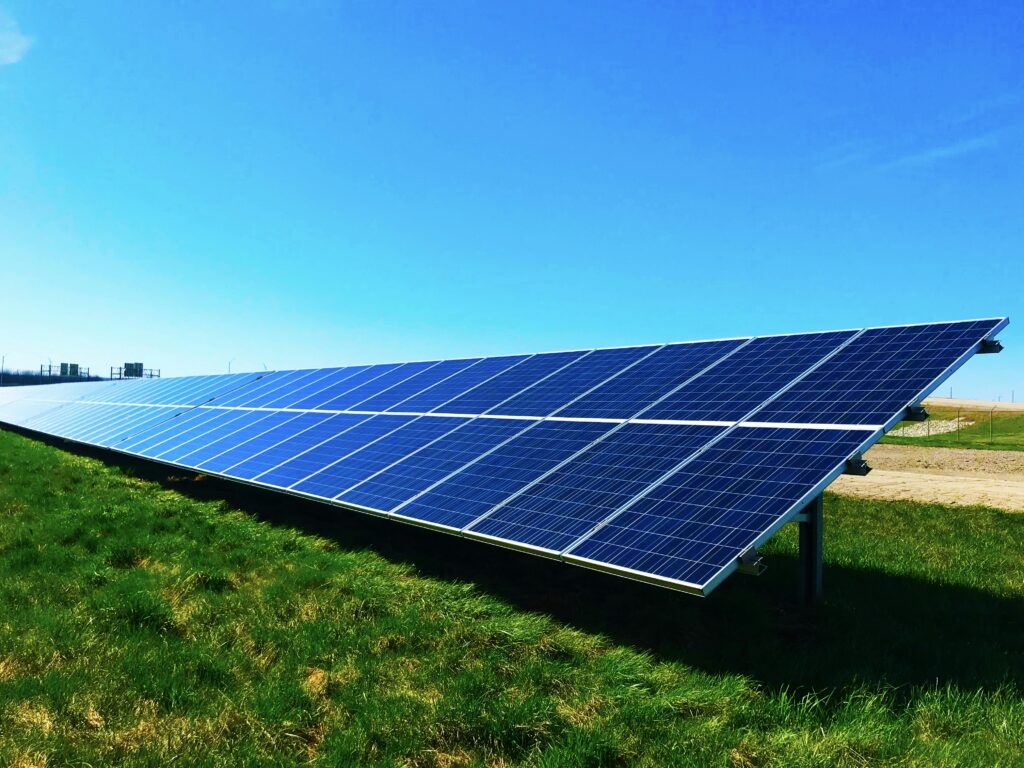
Types of Solar Panels
Solar panels come in various types, each with its own advantages and considerations. Understanding these types can help you choose the most suitable option for your specific needs.
Monocrystalline Solar Panels
Monocrystalline solar panels are known for their high efficiency and sleek black appearance. They are made from a single silicon crystal structure, which allows for greater energy conversion. These panels are an excellent choice for limited roof space or areas with lower sunlight intensity. Monocrystalline panels typically have a longer lifespan due to their high-quality construction.
Polycrystalline Solar Panels
Polycrystalline solar panels are made from multiple silicon crystals, making them more cost-effective to manufacture. They have a blue color and a slightly lower efficiency compared to monocrystalline panels. Polycrystalline panels are a popular choice for residential and commercial installations where cost-effectiveness is a priority.
Thin-Film Solar Panels
Thin-film solar panels utilize a different technology than crystalline panels. They are made by depositing thin layers of photovoltaic material onto a glass, plastic, or metal substrate. Thin-film panels are lightweight and flexible, making them suitable for certain applications such as building-integrated photovoltaics. However, they generally have lower efficiency and shorter lifespans compared to crystalline panels.
Bifacial Solar Panels
Bifacial solar panels have the unique ability to generate electricity from both sides. They can capture sunlight reflected from the ground, enhancing overall energy production. These panels are often more durable and have a longer lifespan due to their dual-sided design. Bifacial panels are particularly useful in installations where sunlight can reach the rear side of the panel.
Solar Cells vs. Solar Panels
It is important to note the distinction between solar cells and solar panels. Solar cells are the individual units that generate electricity when exposed to sunlight. Multiple solar cells are interconnected to form a solar panel. Solar panels, also known as photovoltaic modules, are the final product that you typically see installed on rooftops or in solar farms. Understanding this difference can help in evaluating the lifespan and performance of the entire solar panel system.
Signs of Solar Panel Degradation
Even with proper care and maintenance, solar panels can undergo degradation over time. It is important to be able to recognize the signs of degradation to address any potential issues promptly.
Decreased Energy Production
One of the clear signs of solar panel degradation is a noticeable decrease in energy production. If you notice a significant drop in the amount of electricity generated by your solar panel system, it may indicate a problem. Monitoring your system’s energy production regularly and comparing it to previous periods can help identify any downward trends.
Physical Damage
Physical damage to solar panels can occur due to various reasons such as natural disasters, heavy storms, or accidental impacts. Cracked glass, broken frames, or damaged wiring can all contribute to decreased performance and potential degradation. Regular visual inspections can help identify physical damage promptly.
Discoloration
Discoloration on the surface of solar panels may be an indication of degradation. This discoloration can occur due to the accumulation of dirt, debris, or permanent shading. Regular cleaning and maintenance can prevent discoloration and ensure optimal performance.
Hotspots
Hotspots refer to localized areas on a solar panel that generate significantly more heat than the rest of the panel. This can occur due to manufacturing defects, shading, or a mismatch between solar cells. Hotspots can lead to cell degradation or even cause permanent damage to the panel. It is important to monitor your solar panels for any signs of hotspots.
Delamination
Delamination refers to the separation of layers within a solar panel. This can occur due to a variety of factors, such as exposure to extreme weather conditions or manufacturing defects. Delamination can hinder the panel’s performance and potentially lead to further degradation. Regular inspections by professionals can help detect signs of delamination and address them promptly.
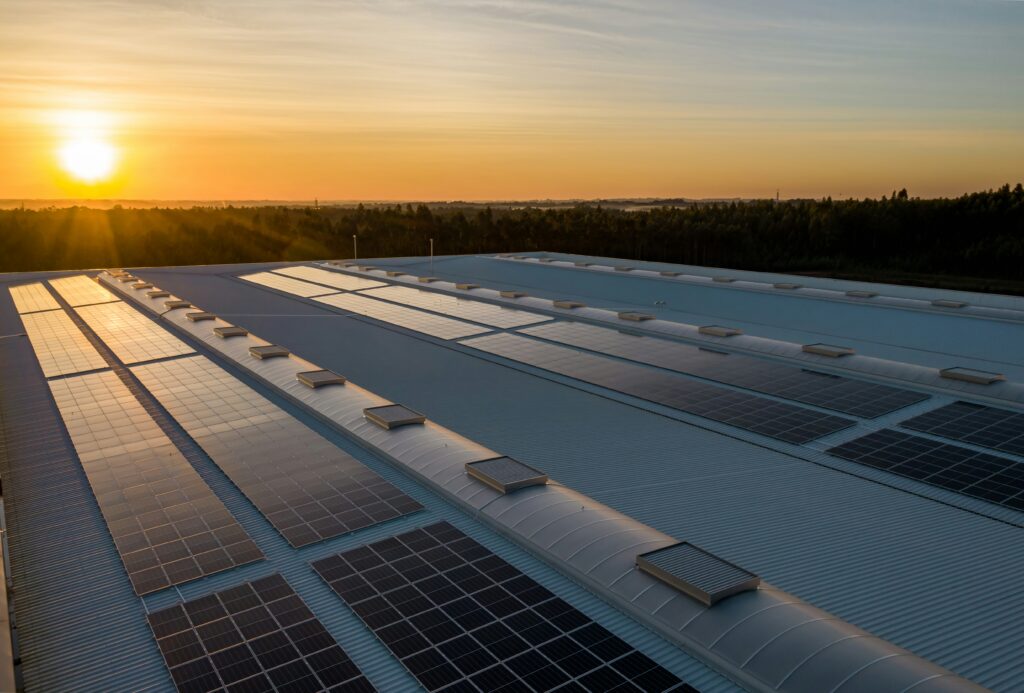
Maintenance and Cleaning
Proper maintenance and regular cleaning are essential for maximizing the lifespan and efficiency of solar panels.
Regular Inspections
Regular inspections by trained professionals are crucial for identifying any issues that may arise. Inspections can include visual checks for physical damage, identifying potential hotspots, or monitoring any signs of degradation. Timely detection of problems allows for prompt repairs or replacements, ensuring optimal performance of the solar panel system.
Cleaning Procedures
Solar panels can accumulate dirt, dust, and debris over time, reducing their efficiency. Regular cleaning is necessary to remove these elements and maximize energy production. Cleaning procedures typically involve using a soft brush or cloth with a gentle detergent and water. It is important to avoid using abrasive materials that can potentially scratch or damage the surface of the panels. Additionally, cleaning should only be performed when the panels are cool and not under direct sunlight.
Replacement of Faulty Components
In the event of physical damage or component failure, it may be necessary to replace faulty parts of the solar panel system. This can include replacing cracked glass, broken frames, or damaged wiring. Prompt replacement of faulty components ensures that the overall system continues to function optimally and minimizes the risk of degradation.
Extending the Lifespan of Solar Panels
While solar panels have a decent lifespan, there are several steps you can take to extend their longevity even further.
Proper Installation
Ensuring a high-quality installation by experienced professionals is essential for maximizing the lifespan of solar panels. Proper installation techniques, including securing the panels correctly and securely wiring the system, can prevent potential issues and damage. It is important to work with reputable installers who have a track record of successful installations.
Regular Maintenance
Regular maintenance, as mentioned earlier, is crucial for maintaining the lifespan of solar panels. Following a maintenance schedule that includes inspections, cleaning, and addressing any issues promptly can help prevent degradation and ensure optimal performance.
Monitoring Performance
Monitoring the performance of your solar panel system can help identify any abnormalities or signs of degradation. Utilizing monitoring software or working with a professional monitoring service provides real-time data on energy production and system performance. Monitoring allows you to detect and address any issues promptly, minimizing the risk of further degradation.
Avoiding Shade and Obstructions
Shade and obstructions can significantly impact the performance and lifespan of solar panels. It is important to consider the positioning and placement of your panels to avoid potential shading from nearby trees or structures. Regularly trimming trees or removing any other obstructions that cast shade on the panels can help maintain their optimal performance and extend their lifespan.
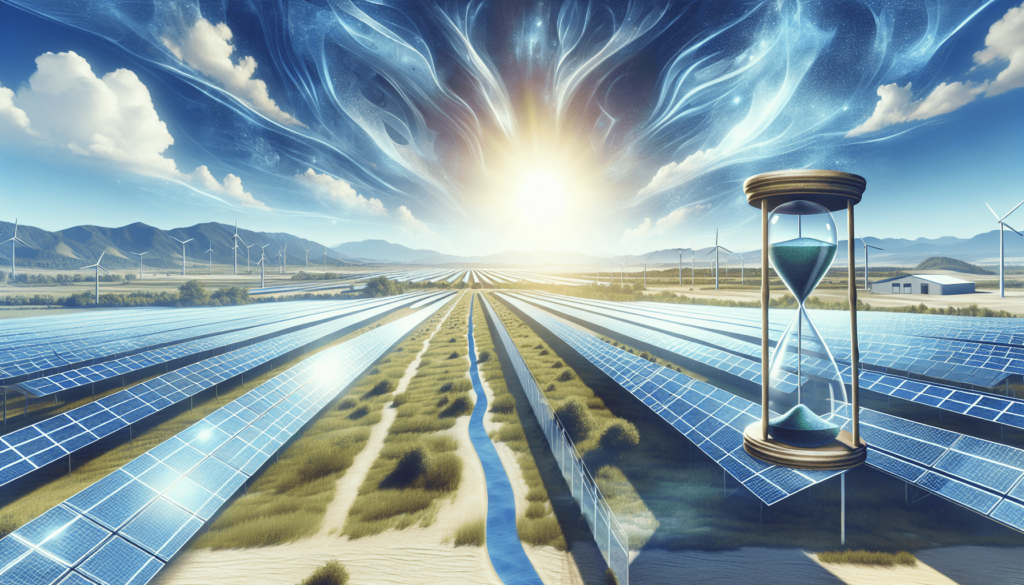
Solar Panel Recycling
With the increasing adoption of solar panels, proper recycling practices are becoming more crucial.
Importance of Recycling
Solar panel recycling is an essential step in minimizing the environmental impact of outdated or damaged panels. Solar panels contain valuable and potentially hazardous materials such as silicon, metals, and glass. Recycling allows for the recovery of these materials and their reuse in the manufacturing of new panels. By recycling solar panels, we can reduce waste and minimize the need for raw material extraction.
Recycling Process
The recycling process for solar panels involves several steps. First, the panels are collected and sorted based on their composition and type. The panels undergo mechanical and chemical processes to separate the various components, such as silicon, metals, and glass. These materials then go through further refinement to make them suitable for reuse in the production of new panels.
Availability of Recycling Programs
The availability of recycling programs for solar panels varies depending on the region. Many countries and regions have implemented regulations and programs that require manufacturers to take responsibility for the end-of-life management of their products. It is important to research and find out about the recycling options available in your area when considering the lifespan of your solar panels.
Factors to Consider when Buying Solar Panels
When purchasing solar panels, several factors should be taken into account to ensure you make an informed decision.
Manufacturer’s Reputation
The reputation of the solar panel manufacturer is an essential consideration. Established manufacturers with a proven track record of producing high-quality and durable panels are more likely to provide panels with longer lifespans. Researching manufacturers and reading customer reviews can provide insights into their reputation and the longevity of their products.
Quality Certifications
Quality certifications indicate that a solar panel has undergone rigorous testing and meets specific standards. Certifications such as the International Electrotechnical Commission (IEC) certification demonstrate that the panels have been tested for safety, efficiency, and durability. Choosing panels with recognized certifications can give you confidence in their longevity.
Warranty Terms
Warranty terms provided by solar panel manufacturers play a significant role in ensuring their lifespan. Longer warranty periods often indicate that the manufacturer has confidence in the longevity of their product. It is important to carefully review the warranty terms, including what is covered and the degradation rate guaranteed by the manufacturer.
Output Performance Guarantee
Some manufacturers provide an output performance guarantee in addition to their warranty. This guarantee ensures that the panels will produce a certain amount of energy over a specified period. Such guarantees provide additional assurance of the panels’ expected lifespan and performance.
Costs and ROI
Understanding the costs associated with solar panels and their return on investment (ROI) is crucial for making informed financial decisions.
Initial Investment
The initial investment for installing a solar panel system can vary depending on factors such as the size of the system and the complexity of the installation. While the upfront costs may seem significant, it is important to consider the long-term financial benefits and potential savings on energy bills.
Savings on Energy Bills
One of the significant financial benefits of solar panels is the potential savings on energy bills. By harnessing solar energy, you can offset your reliance on grid electricity, leading to reduced electricity bills. The amount of savings will depend on factors such as your energy consumption, the size of the system, and the local electricity rates.
Return on Investment
The ROI for solar panels is typically calculated by considering the initial investment and the savings accrued over the lifespan of the panels. The payback period, which represents the time it takes for the savings to cover the initial investment, can vary. In general, solar panels tend to have a positive ROI, often providing a return within 5 to 10 years or even sooner, depending on local conditions.
Long-Term Financial Benefits
Solar panels offer long-term financial benefits beyond the initial payback period. Once the system has paid for itself, the continued savings on energy bills can provide ongoing financial benefits. Additionally, with the increasing emphasis on renewable energy, having a solar panel system may increase the overall value of your property, further enhancing the long-term financial benefits.
Future of Solar Panel Technology
The future of solar panel technology holds promising advancements that can further improve their efficiency, durability, and overall performance.
Durable and Efficient Materials
Research and development efforts are focused on discovering and implementing new materials that can enhance the durability and efficiency of solar panels. Advanced materials, such as perovskite, carbon nanotubes, and quantum dots, show great potential in improving the performance and longevity of solar panels.
Increased Efficiency and Performance
Advancements in the design and manufacturing processes are continually increasing the efficiency and performance of solar panels. Improved cell architectures, including bifacial panels and multi-junction cells, offer higher conversion efficiencies and the ability to capture more sunlight. These advancements result in increased electricity production and potentially longer lifespans.
Emerging Technologies
Emerging technologies, such as solar cells integrated into windows, building facades, or clothing, aim to expand the applications of solar panels. Flexible and transparent solar panels can enable new possibilities for integrating solar energy generation into various industries and everyday life.
Integration with Energy Storage Systems
The integration of solar panels with energy storage systems, such as batteries, is another area of development. Storage solutions allow for the efficient utilization of excess energy generated by solar panels, ensuring a consistent power supply even during periods of low sunlight or grid outages. This integration can further enhance the reliability and overall performance of solar panel systems.
As solar panel technology continues to evolve, we can expect improvements in efficiency, durability, and versatility. This not only benefits individual consumers but also contributes to a more sustainable and renewable energy future for all.

